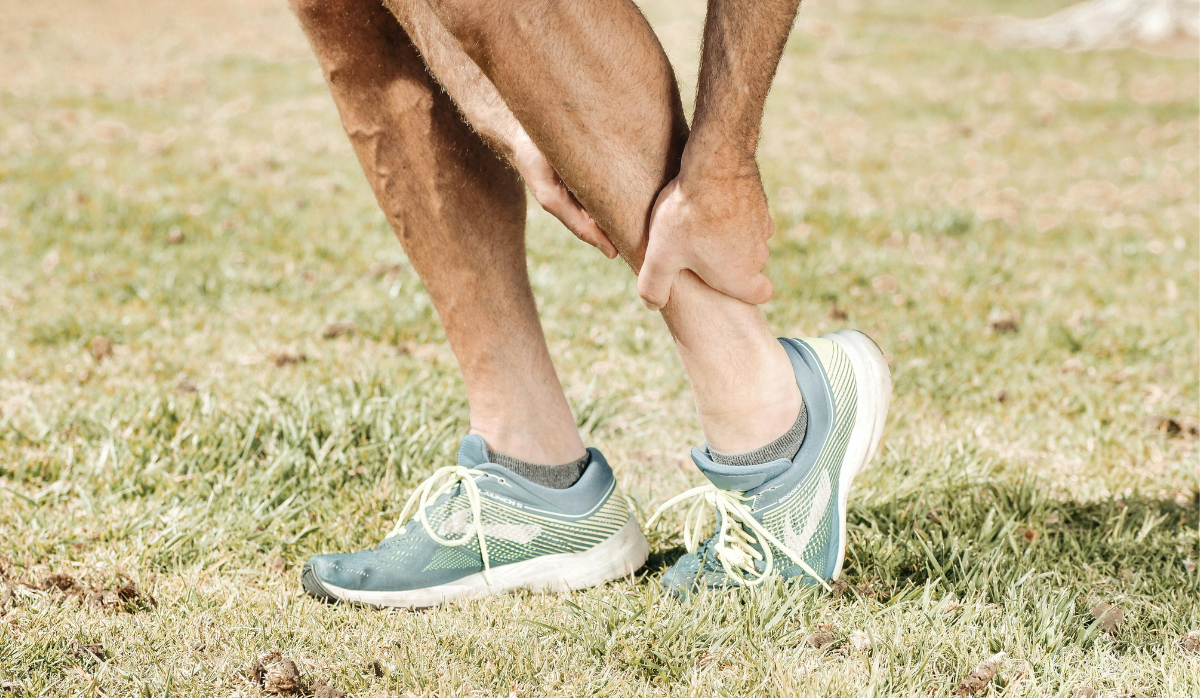I think we well have established that running is fantastic. It boosts your fitness, clears your mind, and gives you a socially acceptable reason to wear tiny shorts in public. But let’s be honest, running is also a masterclass in self-destruction if you’re not careful.
One minute you’re cruising along, feeling like a Greek god. The next? Your knees have started plotting revenge, your shins are on fire, and your feet have decided to retire early.
So, let’s talk about the most common running injuries and more importantly, how to not get them.
Shin Splints: The “Surprise! You’re in Pain Now” Injury
Ever felt like tiny gremlins were hammering at your shins after a run? Congratulations! You’ve met shin splints.
👎 Causes:
- Running too much, too soon. Because patience is for other people.
- Running in terrible shoes that provide as much support as a wet sponge.
- Running exclusively on concrete because, apparently, your legs love abuse.
✔ How to Avoid It:
- Increase mileage gradually (10% per week, max).
- Get proper running shoes, not whatever you found in your wardrobe from 2015.
- Strengthen your calves. Weak calves = shin splints = you doubling over in pain.
💡 Pro Tip: If you have shin splints, rest. Otherwise, you’ll get a bonus upgrade to “stress fractures”, which is just fancy talk for “now you really made bits of your lower limbs.”
Runner’s Knee: Because Knees Are Overrated Anyway
Runner’s knee is code for “my kneecap hates me”. It starts with mild discomfort… then one day, BAM! You’re walking downstairs like an 80-year-old in a horror movie.
👎 Causes:
- Weak quads and glutes.
- Running with bad form, like you’re escaping a crime scene.
- Ignoring pain until your knee decides enough really is enough.
✔ How to Avoid It:
- Strengthen your quads & glutes. Squats, lunges, and bridges will save your knees.
- Check your running form. If you’re heel-striking like you’re stomping on cockroaches, fix that.
- Don’t ignore early signs of knee pain. Unless you enjoy limping for the craic.
💡 Pro Tip: If you already have runner’s knee, cut back on running, strengthen your legs, and ice your knee like you’re preserving it for future civilisations.
Plantar Fasciitis: The Foot Pain That Refuses to Leave
Plantar fasciitis is foot pain that lingers like an ex who won’t move on. It’s sharp, it’s relentless, and it always shows up to ruin your day.
👎 Causes:
- Tight calves and Achilles tendons. (See? Everything is connected.)
- Running in bad shoes. Yes, we’re blaming your shoes again.
- Running too much without proper foot strength.
✔ How to Avoid It:
- Stretch your calves and feet like your life depends on it.
- Strengthen your foot muscles. Yes, feet have muscles, and yes, they need training.
- Wear good shoes with arch support. Otherwise, prepare for foot-based suffering.
💡 Pro Tip: If plantar fasciitis starts making sinister threats to your feet, don’t ignore it. Early treatment = less pain = you not walking like you’re on hot coals.
Proper Warm-Ups & Cooldowns: Because Your Muscles Need Foreplay
Jumping straight into a run without warming up is like driving a car without warming the engine, possible, but you’ll regret it half a mile down the road.
🔥 The Right Way to Warm Up:
✔ Dynamic stretches (leg swings, lunges, high knees)
✔ A few minutes of walking/jogging
✔ Get your heart rate up before sprinting off like a raving lunatic
❄ The Right Way to Cool Down:
✔ Slow down gradually. Don’t just stop and collapse on the pavement
✔ Stretch, especially quads, hamstrings, and calves
✔ Foam roll (aka self-inflicted pain that actually helps)
💡 Pro Tip: A good warm-up prevents injuries. A good cooldown stops you from waking up the next day feeling like you got hit by a bus.
Rest vs. Pushing Through: The Art of Knowing When to Stop
🚨 When to REST:
- Sharp, stabbing pain? Stop.
- Pain that gets worse as you run? Stop.
- Swelling or bruising? Definitely stop.
🏃 When to Push Through:
- Soreness? That’s normal. You’re just getting stronger.
- Mild discomfort? Probably fine, just don’t be a martyr.
- The urge to quit because “running is hard”? That’s just running. Keep going.
💡 Pro Tip: There’s a fine line between “pushing through discomfort” and “running straight into a season-ending injury”. Learn the difference.
Final Thought: Train Smart, Hurt Less, Run More
If you:
✅ Warm up properly,
✅ Strength train to bulletproof your body,
✅ Wear the right shoes (seriously, it’s always the shoes),
✅ Listen to your body instead of waiting until something snaps,
…you’ll spend more time running and less time Googling “why does my knee feel like it’s on fire?”
See you next Monday for "Mastering Your Running Pace", or as I like to call it, "Or: How to Run Fast Without Immediately Regretting It."
